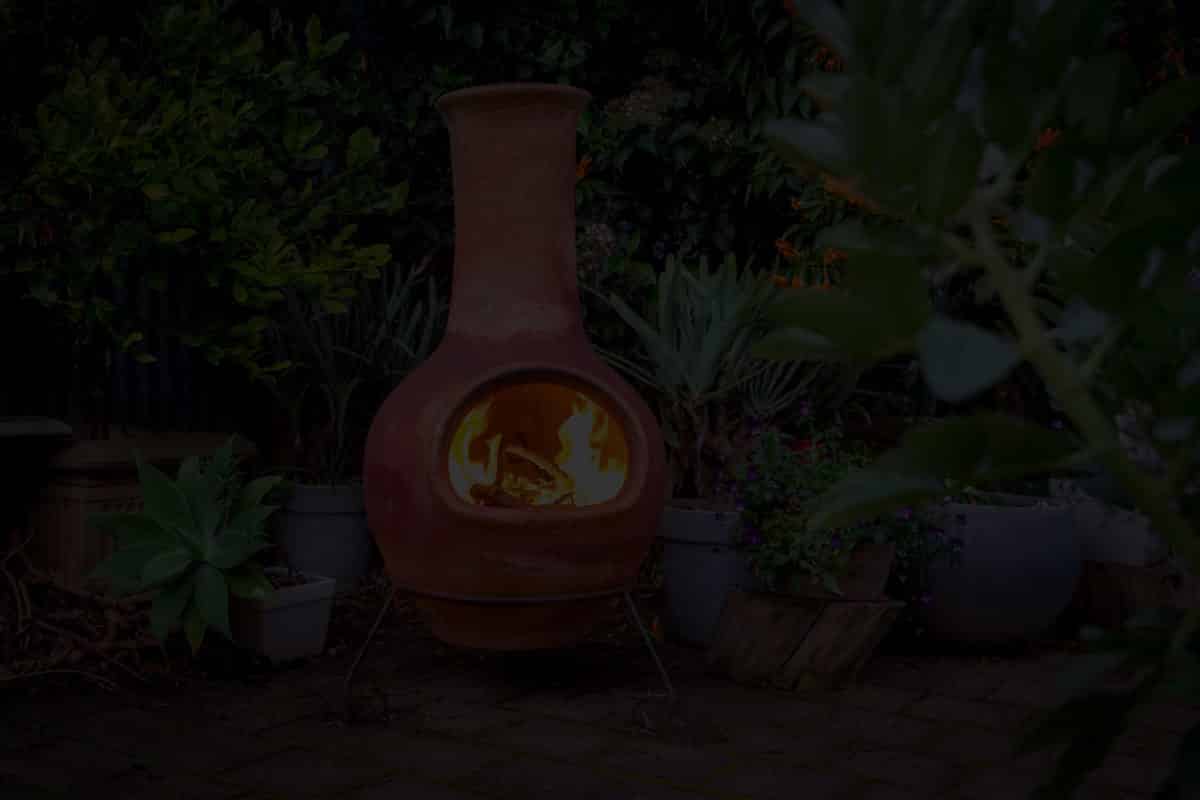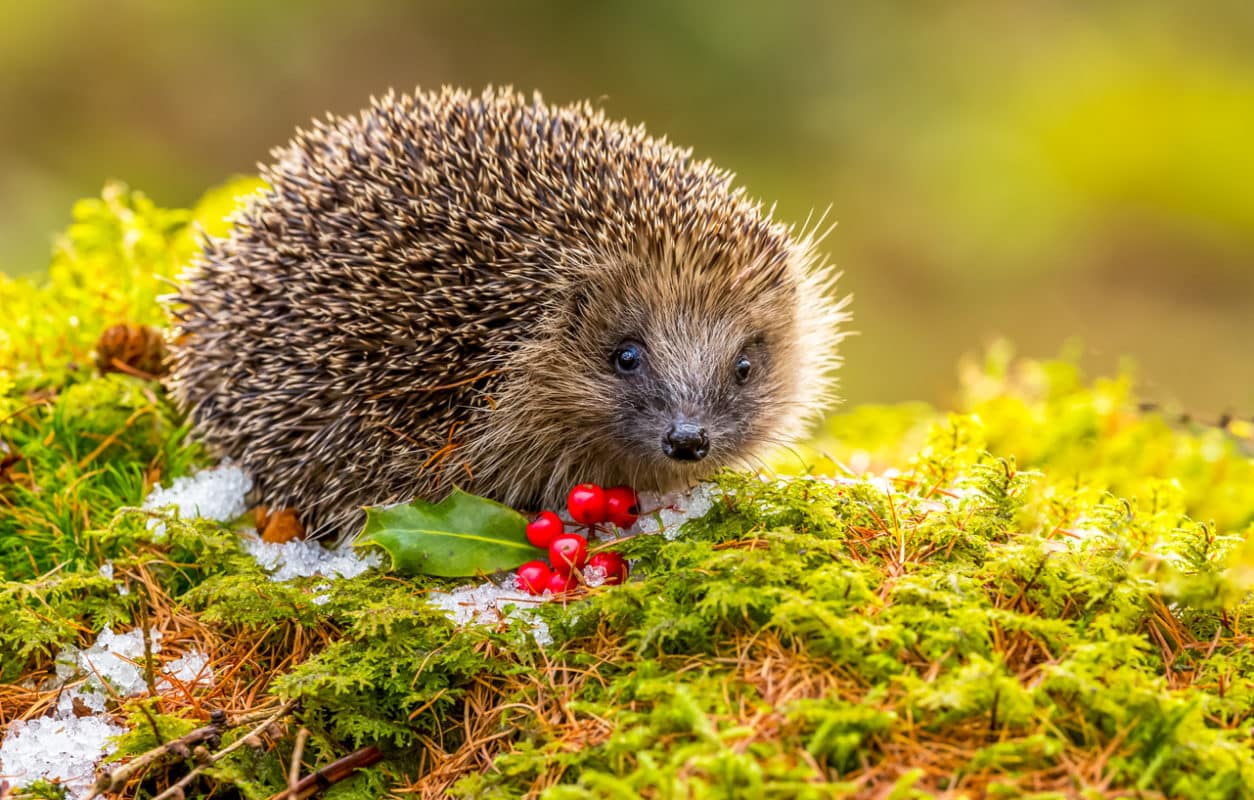Do you have a wildlife garden, or at least space for British wildlife? It matters because UK wildlife is in crisis. Despite the Hunting Act 2004, hunts across the land illegally kill foxes and deer every week throughout the season, September to March. These days the bustling city of Brighton is home to more foxes than any rural area, and in the countryside many fox populations are in a state of collapse. Hare coursing, also illegal, carries on regardless.
There are fewer thrushes than ever, many once-common wild birds are becoming vanishingly rare, and contemporary farming practices mean there’s less and less room left over for our fellow creatures as time goes by. No wonder our gardens are fast becoming one of the final refuges for British wildlife.
In times like this, it’s good to do everything you possibly can to support our wildlife. You’ve bought a chiminea, pizza oven or fire bowl. You’ve set your garden up for alfresco entertainment. Now you want to let your fellow creatures in and give them the safe space they need to thrive. Here are some tips for creating a more wildlife-friendly outdoor space.
Make a wildlife garden 101 – Know insects are really cool!
If you scream your head off every time something with more than four legs comes anywhere near you, it’s time to re-learn your attitude to insects. They sit near the bottom of the food chain so they’re incredibly important. If there aren’t enough insects, after all, there’s no food for insect-eating birds, for the predators who eat the birds… and so on.
Take a close look next time an insect crosses your path. Get a magnifying glass. It’s amazing, magical, awe-inspiring to look at insects in detail – the magical colours, the delicate wings, the beautiful eyes, the segmented body. Wow. Just wow. Why not rediscover a sense of child-like wonder and re-set your relationship with ‘creepy crawlies’?
Remember that woodlice look after their babies until they’re old enough to leave home. So do earwigs. Bear in mind you are absolutely huge and they’re really, really small. And welcome every weird-looking one of them into your outdoor space instead of squashing them underfoot or chasing them away.
As a rule the larger the variety of plants and types of space you have in your garden, the more insects you’ll attract and the more bats and insect-eating birds will follow.
Get bird watching, home-style
When the Beast From the East hit last year, we were inundated with birds we’d never seen in real life before, coming into our garden looking for food to survive the extreme cold and snow. At one point we had a flock of twenty five yellowhammers visiting daily, starting off with a couple who then obviously went and told their mates, who all turned up on the lawn to eat bird seed.
There are no yellowhammers in 2019 so far – maybe they’re OK finding their own food this year – but we have a number of gloriously exotic bullfinches and pied wagtails, and a gang of tiny, noisy long tailed tits fighting for a place on the bird feeders. Once you start watching them close up, it’s actually really hard to stop.
All you need to do to attract birds is provide a year-round supply of good quality food. In our experience sunflower seed hearts and peanuts are the most popular foods, attracting an incredible variety of birds. Once they’ve found you they’ll be there day in, day out, and you’ll have the pleasure of knowing that if it wasn’t for you, they might not be able to bring their broods to maturity. It also helps, if you have a suitable space, to hang bird boxes for them to shelter and nest in.
The same goes for bats. If you have a good place for a bat box, do it. They’re also amazing to watch at dusk, flitting to and fro and snapping up the insects you’ve attracted.
Wildlife garden top tip – Don’t be too tidy
Wildlife needs natural space, and a military-tidy garden is more like a wildlife desert than a welcoming place where they’re safe and happy. Leave small heaps of twigs and branches in corners, out of the way, for creatures to live in and hide in. Pile up some rocks for slow worms, frogs, toads and newts to make their homes under. Make fragrant piles of rotting leaves in hidden places to rot down and create lush leaf mould.
Don’t mow your lawn too short, leave some of the length so creatures can enjoy it, too. Let the weeds in – they’ll help your lawn stay green and fresh even in winter and extra-hot weather. Oh, and remember there’s no such thing as a weed. Let indigenous plants thrive in your garden, even if it’s just here and there or only in a very specific area, and local wildlife will love you for it.
Create an amphibian heaven
Even a tiny, weeny piece of wild water, just a garden trug set into the ground, attracts all sorts of wildlife. You know the 1989 film,
Field of Dreams? The film that says,
‘if you build it, they will come’? The same goes for frogs, toads and newts. When we built our small wildlife pond, just three feet in diameter, we only had to wait for six days before they turned up and moved in. The newts came first, followed by a frog then a couple of toads. Goodness knows how they ‘knew’ there was a new pond waiting for them, but somehow they found it. Now we’ve got water beetles and water skaters plus several different types of dragonfly, a dazzling bonus we didn’t actually expect.
Let us know who visits your wildlife garden
We’d love to know the most unusual wild visitor you’ve had in your wildlife garden. Contact us, let us know, send photos if you have them and we’ll feature them here!
In the meantime, time is moving on and it’s almost spring. Have you already bought a
chiminea, or are you about to? Do you fancy your very own outdoor pizza oven? If so come to us, the experts, rather than trying to find what you want at a garden centre where there’s hardly any choice and nobody knows much about the products.


